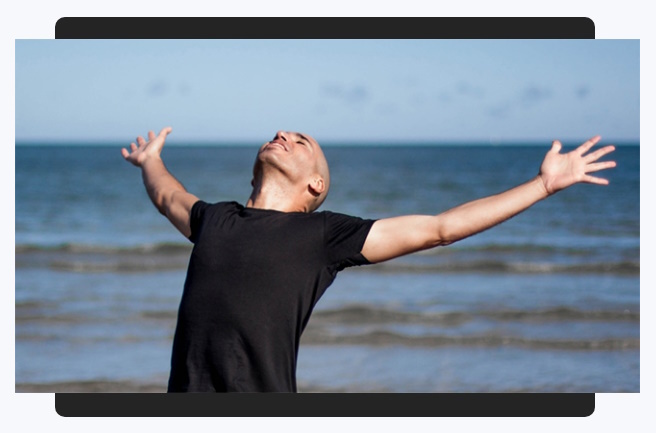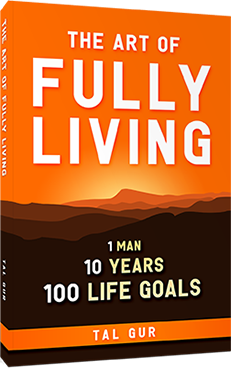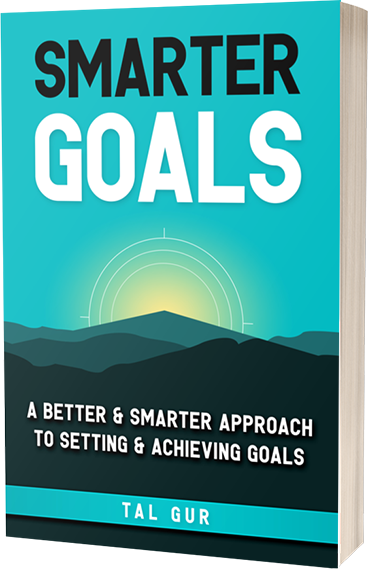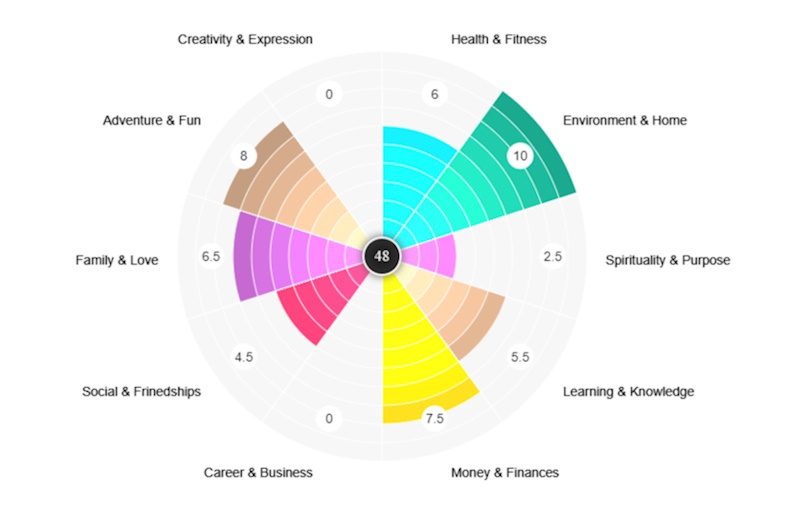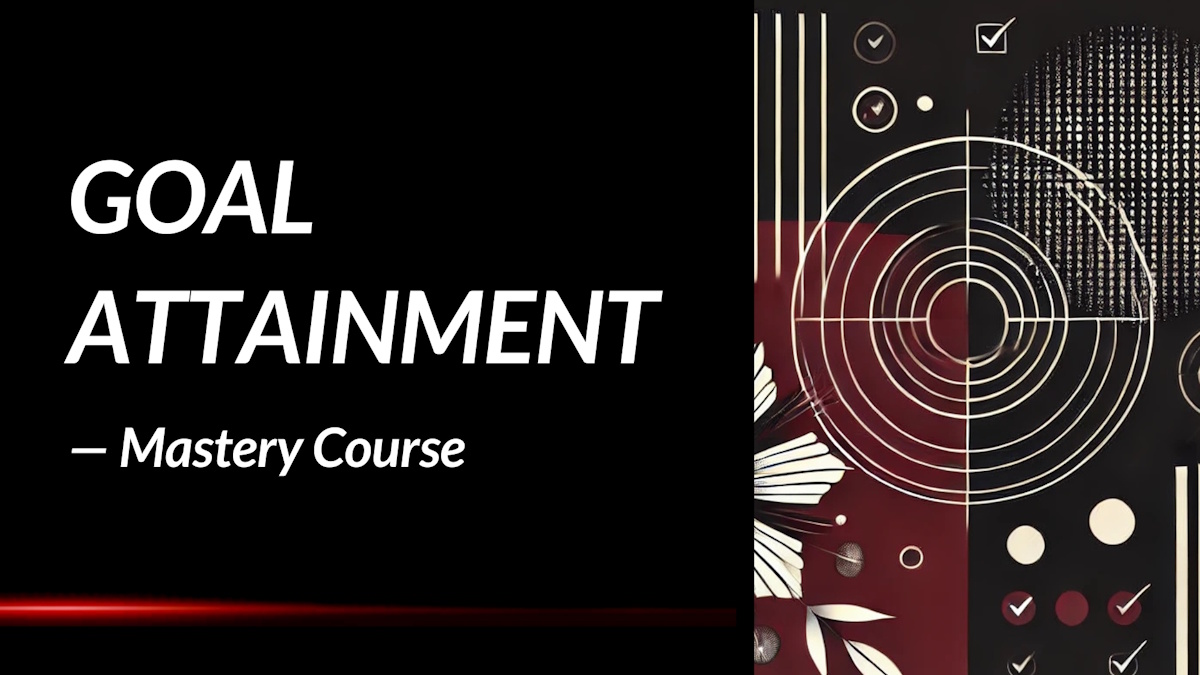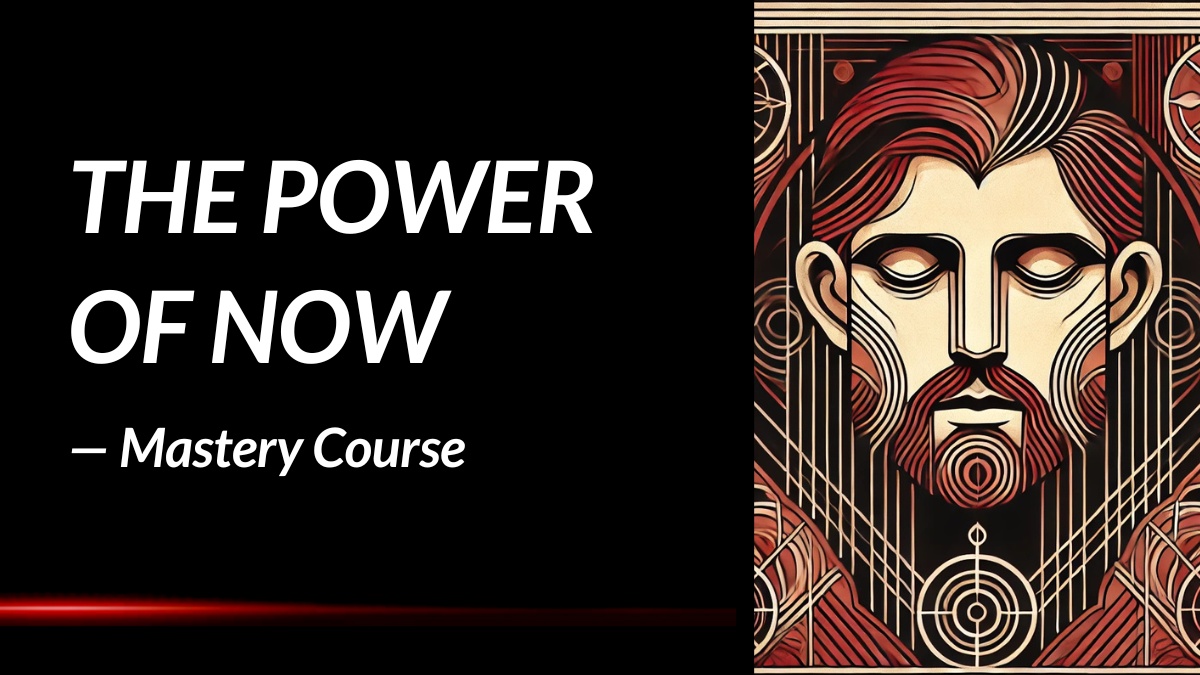The Slow Fix: Summary Review
What if the real solution to our biggest challenges isn't to move faster, but to slow down and think deeper? In The Slow Fix, Carl Honoré—a journalist and global advocate for the Slow Movement—makes a compelling case for why sustainable, meaningful change requires patience, reflection, and a willingness to go beyond the surface.
What is the Book About?
The Slow Fix explores our society's obsession with quick fixes—those instant solutions that promise fast results but often fail to address the root causes of problems. Honoré argues that in our rush to resolve issues swiftly, we overlook the complexities and nuances that require thoughtful consideration. Through a series of global case studies, he demonstrates how taking the time to understand problems deeply leads to more effective and lasting solutions.
From Norwegian prisons focusing on rehabilitation to Bogotá's transformation of public spaces, Honoré illustrates how deliberate, well-thought-out approaches can lead to significant improvements. He emphasizes that embracing a "slow fix" doesn't mean inaction but rather a strategic, comprehensive method of problem-solving that values quality over speed.
Book Details
Print length: 262 pages
Language: English
Publication date: January 29, 2013
Genre: Nonfiction / Self-Help / Business & Economics
Book Author
Core Theme
At its heart, The Slow Fix advocates for a paradigm shift in how we approach problem-solving. Honoré contends that our cultural inclination toward immediate results often leads to superficial solutions that fail to address underlying issues. He proposes that by slowing down, embracing complexity, and engaging in collaborative, reflective processes, we can develop more effective and enduring resolutions.
The book emphasizes the importance of patience, empathy, and holistic thinking. Honoré illustrates that by investing time and effort into understanding problems fully, we can avoid the pitfalls of hasty decisions and create solutions that are not only effective but also resilient and adaptable to future challenges.
Main Lessons
A few impactful summary lessons from The Slow Fix:
1. Quick fixes often create deeper long-term problems
The temptation of instant solutions has become a cultural reflex, but Carl Honoré reveals that quick fixes usually offer only superficial relief while masking or even worsening the root of the issue. Whether it's popping pills instead of addressing the causes of stress, throwing money at systemic problems, or making rash decisions in relationships or policy, these approaches satisfy short-term desires while storing up greater trouble for the future. When we prioritize speed over substance, we lose the ability to deal with complexity meaningfully. This reactive mindset not only ignores the full scope of a problem but also chips away at our collective patience and resilience.
2. Slow thinking unlocks deeper problem-solving wisdom
Honoré urges a return to what he calls "Slow Thinking"—a mode of thought that thrives in calm, unhurried moments and invites reflection, nuance, and insight. Unlike the rushed mind that's trained to multitask and chase results, the slow mind zooms out and looks for patterns, connections, and the bigger picture. History is filled with thinkers and innovators—from Einstein to Steve Wozniak—who found their breakthroughs in solitude and slowness. This isn’t about doing everything at a snail’s pace, but about doing things at the *right* pace, where thoughtfulness leads the way. In such a mental space, creativity flourishes and deeper solutions take root.
3. Real change begins with honest self-reflection
No problem can be truly fixed until we first admit there is a problem. The journey of any meaningful fix begins with acknowledging our role in the dysfunction. Honoré emphasizes how the human tendency to preserve the status quo—despite evidence of failure—prevents progress. By confronting our blind spots, biases, and past mistakes, we create the psychological space necessary for transformation. Owning the problem doesn’t weaken us; it equips us to move forward from a place of integrity and awareness. The hard truth is that without this initial reckoning, all other attempts are just noise around the real issue.
4. Diagnosing the true problem takes deliberate attention
Jumping into action without truly understanding what’s wrong is a recipe for misguided efforts. A hallmark of the slow fix is giving time and effort to correctly diagnose a problem. Honoré introduces the "seven Ps" principle: Prior Planning and Preparation Prevents Piss-Poor Performance. This principle is especially vital when navigating complexity—where symptoms can easily be mistaken for root causes. Rushing this stage leads to temporary results at best, and misfires at worst. It’s by slowing down and asking difficult, thoughtful questions that we unravel the real structure of a challenge, opening the door to meaningful progress.
5. The smallest details hold the biggest clues
While thinking broadly is essential, Honoré reminds us that zooming into the micro-level is just as crucial. In many complex problems, the devil really is in the details. Solutions often emerge from understanding the granular elements that others overlook. Whether it's a subtle cue in a social interaction or a tiny operational inefficiency in a business system, the smallest overlooked component can become the linchpin to unlocking the larger issue. This approach asks us to develop a dual vision: one that can pan out for perspective, and then laser in for precision.
6. Long-term goals guide short-term actions
Slow fixes thrive on long-term vision. Honoré stresses the power of setting clear yet flexible goals that serve as a north star. This kind of orientation prevents the drift into short-sighted solutions. Instead of bouncing between fads or reacting to emergencies, every decision becomes tethered to a bigger purpose. Even in the face of ambiguity, having a guiding principle allows us to navigate wisely. When we think long—whether in public policy, business strategy, or personal growth—we build legacies instead of band-aids, and each step, no matter how small, becomes meaningful.
7. True solutions are always interconnected
Holistic thinking doesn’t come naturally to most of us, especially in a culture that thrives on specialization. Yet Honoré shows that lasting solutions come from connecting dots across disciplines, sectors, and experiences. We often fail not because we lack data, but because we don't step back to see how the parts relate to the whole. The slow fix mindset insists on this systems-level perspective, recognizing that a broken education system might connect to housing policy, or that personal burnout could reflect workplace culture. The more we learn to join the dots, the more complete our solutions become.
8. Collaboration strengthens the quality of solutions
No one fixes big problems alone. A slow fix thrives in environments where ideas are welcomed from all corners—whether it's experts, frontline workers, or those directly affected by the issue. Honoré underscores the importance of creative dialogue, shared credit, and open-source thinking. This cooperative spirit not only enriches the quality of ideas but also boosts commitment to outcomes. Solutions that emerge from inclusive processes are more likely to be adopted, tested, and improved upon over time. When people feel they’re part of the process, they become part of the solution.
9. Expertise matters but must be held lightly
While Honoré acknowledges the value of deep expertise—especially in urgent scenarios—he also warns against blind reverence for experts. True mastery is built through practice, feedback, and openness to change. Experts must balance confidence with curiosity, and institutions must welcome dissent and learning. This balance ensures that even those with specialized knowledge remain adaptable and receptive to evolving challenges. The real power lies in a kind of humble competence—where experience informs action, but never shuts the door on new perspectives or unorthodox ideas.
10. Solitude breeds clarity and innovation
In a world buzzing with constant connectivity, Honoré makes a passionate case for solitude. Deep work and transformative breakthroughs often arise from uninterrupted time to think, reflect, and create. The greatest minds—from prophets to physicists—carved out solitude as a sacred space. Today, this might mean reclaiming control over our work environments, minimizing distractions, or protecting pockets of quiet in our schedule. It’s not about isolation, but about depth. When we step away from the noise, we can finally hear what matters most—and give it the attention it deserves.
11. Emotions are essential to effective problem-solving
In the modern rush to be logical and data-driven, emotions are often dismissed as irrelevant or dangerous. But Honoré argues that understanding and harnessing emotions—our own and others’—is central to solving complex problems. Empathy helps us engage with real human needs; passion sustains us through difficulty; and emotional intelligence fosters better teamwork and communication. Instead of suppressing feeling in favor of charts and formulas, the slow fix embraces it as an amplifier of insight. Solutions become more compassionate, nuanced, and ultimately more sustainable.
12. Ownership and involvement drive lasting change
Getting people to fix their own problems is one of the most powerful strategies in the slow fix playbook. By involving those closest to the challenge—whether it's employees, students, or community members—the solution becomes personal and motivating. Honoré shows that this sense of ownership fosters responsibility and innovation. Communication is also key: beginning the dialogue early and often can build trust and momentum. Rather than imposing solutions from above, the slow fix invites collaboration from within, transforming passive recipients into active change-makers.
13. Playfulness unlocks creativity and engagement
Sometimes the best solutions come not through pressure, but through play. Honoré explores how introducing elements of fun, experimentation, and curiosity can energize the problem-solving process. Games, simulations, and even simple humor break down barriers, reduce fear of failure, and unleash fresh ideas. This mindset doesn't trivialize serious issues; rather, it reframes them in ways that invite participation and exploration. When we treat challenges as puzzles instead of punishments, we engage with them more fully—and more joyfully.
14. Trial and error is the engine of evolution
Honoré’s final lesson takes inspiration from nature itself: progress happens through small experiments, occasional bold moves, and constant adaptation. Instead of aiming for perfect plans, the slow fix embraces feedback, pivots, and tweaks. It's a journey of trying, failing, learning, and refining. From scientific discovery to personal growth, this approach accepts uncertainty as a feature, not a flaw. By being flexible and resilient, we not only build better solutions but also build ourselves into more capable problem solvers for whatever lies ahead.
Key Takeaways
Key summary takeaways from the book:
- Quick fixes often address symptoms rather than root causes, leading to recurring problems.
- Effective problem-solving requires time, patience, and a willingness to delve into complexity.
- Collaborative approaches that involve diverse perspectives lead to more comprehensive solutions.
- Embracing mistakes as learning opportunities fosters innovation and growth.
- Slowing down allows for deeper understanding and more thoughtful decision-making.
Book Strengths
The Slow Fix excels in its use of diverse, real-world examples to illustrate the benefits of deliberate problem-solving. Honoré's engaging writing style makes complex concepts accessible, and his emphasis on practical application ensures that readers can relate the insights to their own lives. The book's balanced approach—acknowledging the allure of quick fixes while advocating for more sustainable methods—resonates with readers seeking meaningful change.
Who This Book Is For
This book is ideal for individuals who are tired of temporary solutions and are seeking lasting change in their personal or professional lives. It's particularly relevant for leaders, educators, healthcare professionals, and anyone interested in systemic improvement. Readers who value thoughtful analysis and are open to re-evaluating their approach to problem-solving will find The Slow Fix both enlightening and practical.
Why Should You Read This Book?
In a world that often prioritizes speed over substance, The Slow Fix offers a refreshing perspective on the value of taking one's time. Honoré's insights encourage readers to slow down and engage more deeply with the challenges they face, leading to solutions that are not only more effective but also more fulfilling. By adopting the principles outlined in this book, readers can enhance their problem-solving skills and foster more meaningful, lasting change.
Concluding Thoughts.
The Slow Fix challenges the prevailing notion that faster is always better. Through compelling narratives and thoughtful analysis, Carl Honoré demonstrates that taking a slower, more deliberate approach to problem-solving can lead to more effective and enduring outcomes. By embracing patience, collaboration, and deep reflection, we can move beyond superficial solutions and address the root causes of the issues we face.
This book serves as a powerful reminder that meaningful change often requires us to slow down and think more deeply. For anyone seeking to improve their approach to problem-solving, The Slow Fix offers valuable insights and practical guidance.
→ Get the book on Amazon or discover more via the author's website or social channels.
* The publisher and editor of this summary review made every effort to maintain information accuracy, including any published quotes, lessons, takeaways, or summary notes.
Chief Editor
 Tal Gur is an author, founder, and impact-driven entrepreneur at heart. After trading his daily grind for a life of his own daring design, he spent a decade pursuing 100 major life goals around the globe. His journey and most recent book, The Art of Fully Living, has led him to found Elevate Society.
Tal Gur is an author, founder, and impact-driven entrepreneur at heart. After trading his daily grind for a life of his own daring design, he spent a decade pursuing 100 major life goals around the globe. His journey and most recent book, The Art of Fully Living, has led him to found Elevate Society.




